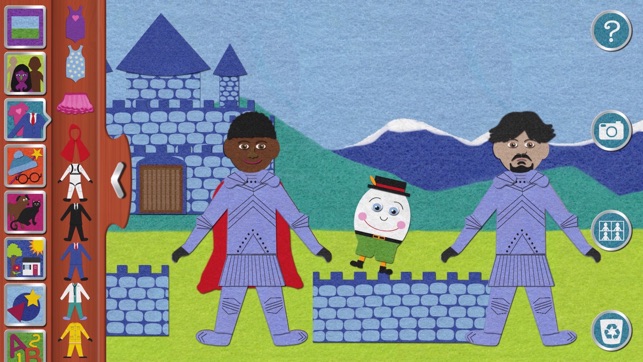We all know what green screens are. The sheet type material that movie makers use to make backgrounds become something else. Why, am I writing about green screens? How are they beneficial in the classroom? Crazy, I know. But, when one of my friends did a presentation on green screens in the classroom, the information she provided shocked me.
Using green screens in the classroom provides opportunities for many learning benefits, despite the almost unbelievable relevance of the topic. Students gain a deeper understanding of learning topics, what they have been studying, by using images, sound, and text that communicate their thinking and leraning to an audience. Not only are green screens used for basic storytelling, they are used to place students in an immersive experience in which they are the ones telling the story.
Students are rarely told that they will be using a green screen in class for a project. Why not make this happen more often? Instead of giving a report on the importance of the declaration of independence, why not have the students assume the roles of our founding fathers and act out the actual signing? Incorporate a green screen by adding a background picture from 1776, and it gives the students the opportunity to see what things were like back then. This would be much better than a report or a written test, in my opinion.
Some tips for using green screens:
Decide your background and plan accordingly. It is important to remember the purpose of the project, and not to get lost in the "coolness" of it all. Set up a place where you can have even lighting. Shadows distort the picture, and therefore defeat the purpose. Keep cameras still while shooting. Set the camera up on an even surface so that there will be no shaking.
What have I learned? How will this benefit me as a teacher?
Green screens are actually wonderful tools to allow students to express their learning in a different context. By using green screens, students can tell a story, integrate learning across subjects, and most of all, be engaged in learning through an out-of-text experience. I would love to use this in my classroom one day. It could help me convey a difficult topic through visual methods other than just pictures and video. Green screens could be used for more than what you think!
The following pictures are examples of green screens in the classroom. The first picture is an example of students giving a weather report for the class to watch. This is how learning can be integrated across disciplines! The second picture is a good example of immersing students into a historical era by using a green screen. Students can even dress in costume to match the occasion!
The following video is an example of students using green screens in the classroom. Overall, green screens are a fun and engaging way to express learning. The possibilities are endless!

